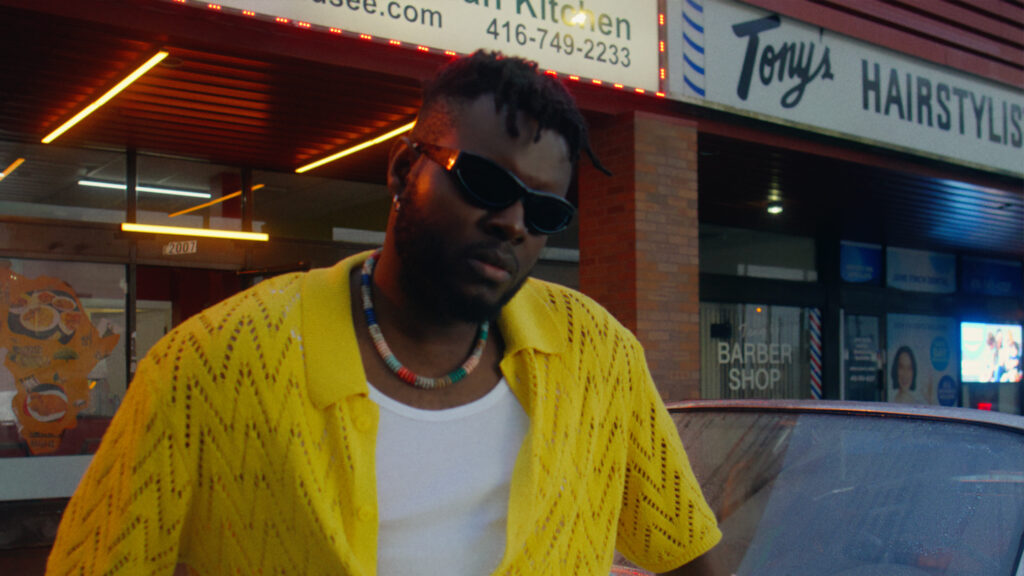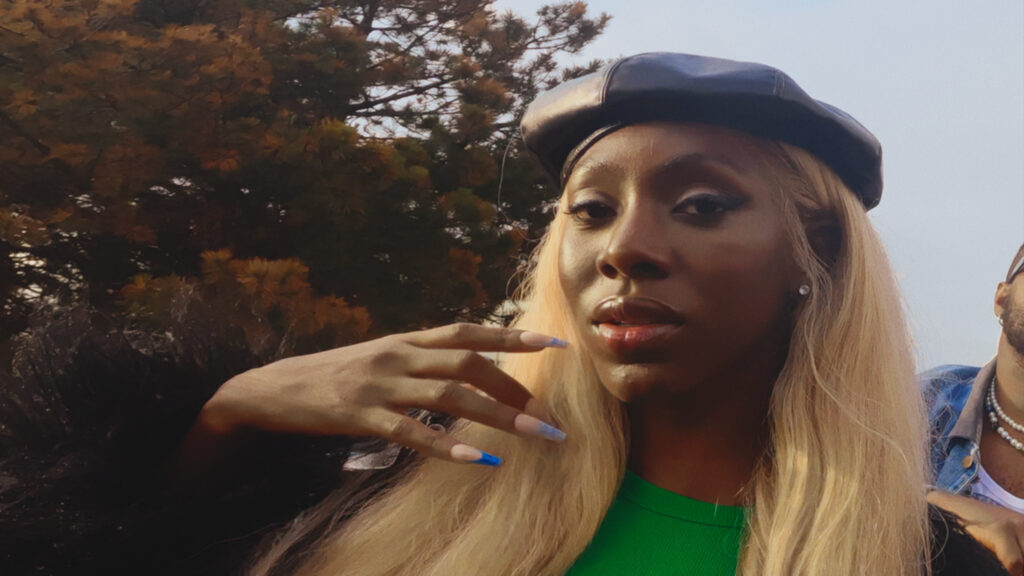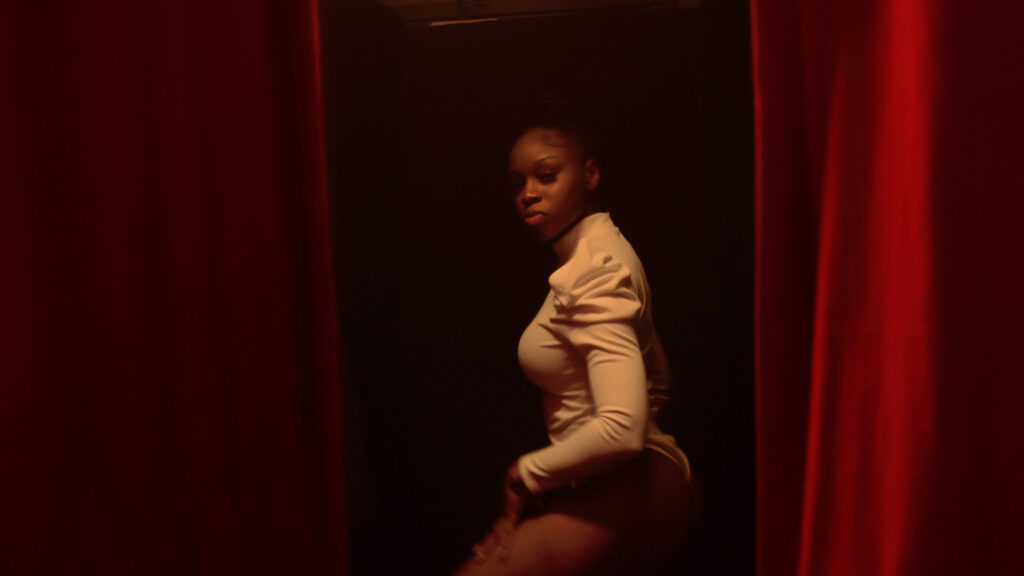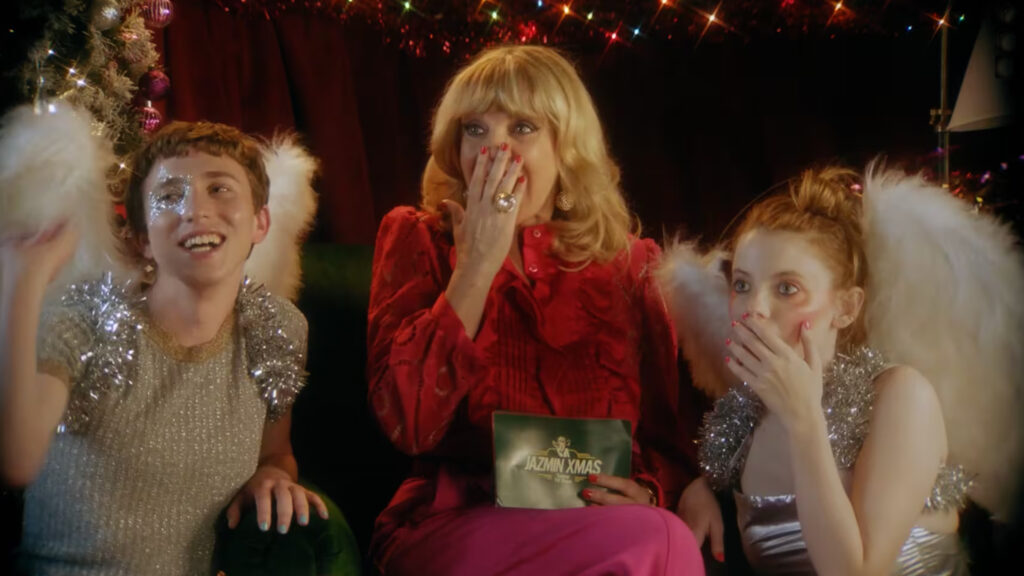
As a film director, the creation and delivery of a cinematic masterpiece entail more than just impactful storytelling, compelling actors, and high-tech equipment. One integral yet often overlooked component of the filmmaking process is color grading—a complex art form that, when executed well, can bring a film to life and aids immensely in storytelling. This discipline is expertly handled by the film colorist.
“A film colorist is a professional who uses digital tools to alter and enhance the color and lighting of a film or video, thereby improving its aesthetic appeal and aiding the storytelling process.”
Key Roles of a Film Colorist
The film colorist’s responsibility extends far beyond simply changing the color of a film. They play an indispensable part in the post-production process, and their main roles typically include the following:
- Color Correction: This forms the foundation of the colorist’s work, where they balance the colors to make the visual elements pic realistically.
- Color Grading: This is the creative aspect of the colorist’s work, where they enhance or modify the colors to set a specific mood, draw attention, or reflect a specific time of day.
- Creating Continuity: Amongst varying lighting conditions and shots, the colorist ensures continuity and consistency in the colors throughout the film.
- Enhancing the Story: Through nuanced use of color techniques, colorists can enhance the overall storyline, subtly guide audience emotions, and accentuate the film’s theme.
Equipped with an understanding of the crucial role of film colorists, directors can better appreciate the value they bring to the storytelling process, thereby improving their ability to collaborate effectively during the production of their cinematic works.
Understanding the Crucial Contributions of a Film Colorist
A film colorist is primarily responsible for managing color schemes throughout the production. The director must understand that film colorists are not simply technicians, but are artists who comprehend the emotional implications of color and use it creatively to enhance the movie’s narrative and thematic depth.
One of the first tasks a film colorist will tackle is balancing colors between scenes. This process, known as color correction, ensures consistency across the film by eliminating or reducing noticeable color differences that can be distracting to viewers. It is crucial to remember that the fruitfulness of this process highly relies on the quality of footage provided, emphasizing the director’s role to ensure optimal filming conditions.
“A film colorist uses their specialized knowledge and creative skills to enhance the visual output to match the director’s vision, making the storytelling richer, deeper, and more engaging.”

When directors understand the process of color grading, it truly becomes a collaborative process. Through thorough discussions with the colorist, the director can ensure consistency in color theory, enhancing the overall film aesthetics and maintaining the desired mood.
Beyond color correction and grading, colorists also contribute to special effects and technical aspects of post-production. This includes tasks such as adding texture, visual effects, enhancing the sharpness/softeness, and much more.
To maximize the potential of the colorist’s contribution, directors must communicate their vision effectively. Giving the colorist an understanding of the expected emotions, setting, time of day, etc., allows the colorist to use their expertise to achieve that look, providing essential support to the director’s storytelling.
At what point in the project should you contact the colorist?
In the pre-production phase, film directors should engage in thorough discussions with their chosen film colorist regarding the overall desired “look” of the film. This could be constituted by decisions regarding saturation, contrast, shadow and highlight detailing, color schemes, and other intricate elements. Due to their expertise in visual aesthetics, colorists can offer invaluable advice and insights on the implications of various creative preferences.

What tools and software do film colorist use?
In the world of film, colorists employ an extensive array of specialized hardware and software to produce their distinctive cinematic magic. Understanding what equipment a colorist utilizes, can provide a director with crucial insights into the post-production process and contribute towards more informed, collaborative discussions with the colorists.
Digital Intermediate (DI) Suites
Notably, the colorist’s environment, known as a Digital Intermediate (DI) Suite, is perhaps their most vital tool. Equipped with high-quality monitors that ensure accurate color reproduction, these suites are carefully calibrated to create a controlled viewing environment. They allow for precise manipulation and grading of digital film images. In these suites, the colorist works with complex control surfaces, composed of trackballs, wheels, and knobs, designed to fine-tune color parameters with utmost precision.
Software
Software plays an essential role in a colorist’s workflow. Below is a list of commonly used color grading software by pro colorists:
- Davinci Resolve: Lauded for its flexibility and superior color grading features, DaVinci Resolve is one of the most used color grading softwares in Hollywood. It’s robust enough to handle projects of any size or complexity.
- BaseLight: The complete Baselight system is an integrated hardware and software solution, built to meet the high demands in professional environments.
Software
Software plays an essential role in a colorist’s workflow. Below is a list of commonly used color grading software by pro colorists:
- Davinci Resolve: Lauded for its flexibility and superior color grading features, DaVinci Resolve is one of the most used color grading softwares in Hollywood. It’s robust enough to handle projects of any size or complexity.
- BaseLight: The complete Baselight system is an integrated hardware and software solution, built to meet the high demands in professional environments.
Collaboration Tools
Colorists use collaborative platforms like Frame.io or Vimeo Pro, which allow for the sharing, reviewing, and annotating of video footage. These platforms are especially vital in facilitating efficient communication between the directors and colorists, enabling effective execution of the director’s vision.
So, understanding what tools a film colorist uses is not just informational for the film director. It’s a crucial aspect of fostering an effective working relationship, enabling directors to better communicate their ideas and expectations to the colorist. Additionally, with the evolving world of digital cinema, being versed in these technological aspects can prove to be a significant advantage for any director.

What should you look for in a colorist?
A good film colorist need a unique blend of technical knowledge, artistic vision, and skilled analytical capabilities. While formal qualifications are beneficial, is fundamental to have practical experience, creative intuition, and a profound understanding of color theories and storytelling techniques.
1. Cinematographic knowledge:
Is essential to have a well-rounded understanding of the film-making process such as cinematography, color theory, post-production techniques, and digital image manipulation.
2. Practical Experience and Training:
Real-world experience often carries weight over theoretical knowledge in this field. It is essential to know in depth the best workflow according to the footage, as well as the specific needs according to each type of project and the collaboration hand in hand with the director and cinematographer. Also, on-the-job training on industry-standard softwares like DaVinci Resolve, Avid, or BaseLight.
3. Creative and Technical Skills:
Is fundamental an eye for detail, a strong sense of aesthetics, and a profound understanding of color relationships and color symbolism, as well as advanced technical skills are necessary to work with complex post-production software. Technical proficiency also extends to understanding digital file formats, color spaces, and the technical requirements of various distribution platforms.
4. Communication and Analytical Skills:
A solid grasp of storytelling techniques, strong communication and collaboration abilities are essential in a film colorist’s arsenal. Analytical skills are equally important, to assess every scene’s mood and narrative purpose to make informed color grading decisions.
The Integral Part of a Film Colorist's Job
In conclusion, the role of a film colorist extends well beyond the post-production desk. They are artists who bring immense value to a film, giving it depth, mood, and consistency. It is a collaboration that requires open communication and mutual respect between the director and the colorist. Therefore, understanding what to expect from a film colorist can significantly enrich the director’s ability to tell stories through the medium of film.